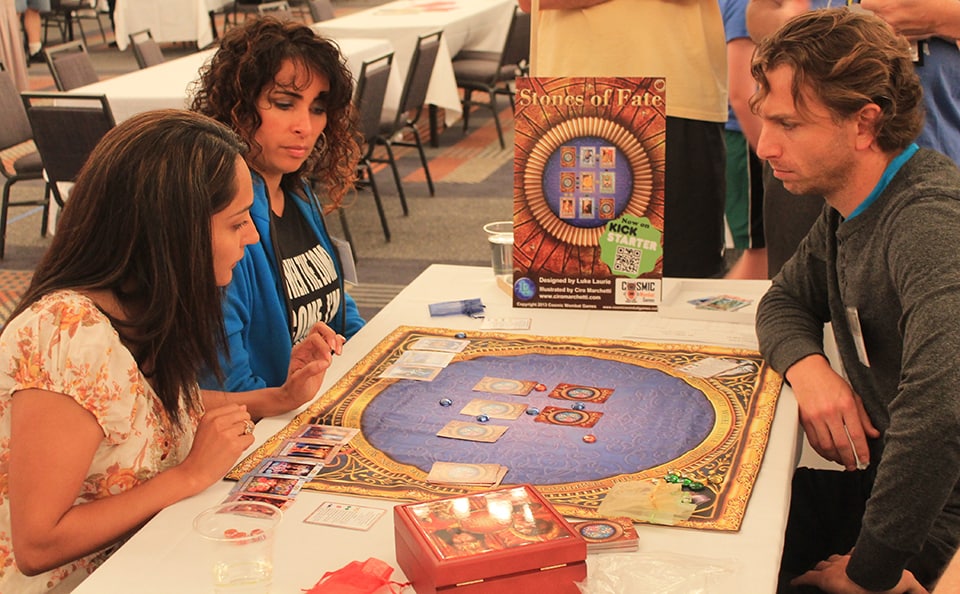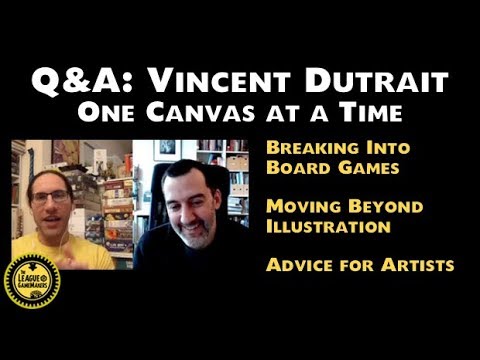
I stared down at my meeples and I almost cried.
So I re-read all my cards,
Thought of decisions I could choose,
And I knew,
That I was probably gonna lose…
—
ANALYSIS PARALYSIS

In the field of boardgames, analysis paralysis describes a situation in which decisions are too complex, choices are too numerous, or the consequences that may result from decisions are too difficult to evaluate. So the player… thinks… and thinks… and starts to move… and then changes their mind… …and does nothing. They’re paralyzed by analysis. The other players at the table begin taunting and complaining, further exacerbating the situation, while also secretly fearing that the same fate awaits them on their turn.
Who is to blame for this analysis paralysis epidemic? Sometimes, of course, analysis paralysis results from a player’s inexperience, a mismatch of skills with the game, or excessive use of narcotics.
SOMETIMES, THE BLAME IS ON US, THE DESIGNERS WHO CREATED THAT SITUATION, BECAUSE WE FAILED TO MAKE CERTAIN DECISIONS WHEN WE DESIGNED THE GAME IN THE FIRST PLACE.
Life is already complicated enough. As Psychologist Barry Schwartz discusses in Ted Talk and book The Paradox of Choice, our lives are far more stressful because of the overabundance of unnecessarily complex decisions we have to make: choosing cell phone plans, cable packages, dietary choices, etc. Decisions were simpler in the good old days, when we’d get up in the morning and ask ourselves, “Hunt or starve?
So, with such complicated modern lives, why would anyone sit down at a table around a board and 100 components to play a game that consists of countless difficult decisions?
Because we love that stuff!!! These aren’t the decisions we need, these are the decisions we deserve. We don’t want to think about day care or health care, we want to be super heroes, railroad barons, and starship captains.
A TABLE TOP GAME, AT ITS CORE, IS A STRUCTURE FOR MAKING DECISIONS, WITH A FEEDBACK SYSTEM FOR REWARDING THOSE DECISIONS.
When we play a game, we engage our cerebral cortexes in a variety of processes: gathering and synthesizing information, making predictions, and finally making game decisions. The rewards for these decisions are game successes; we occupy territories, blow up space ships, collect gold, and earn victory points. Best of all, we crush our opponents.
EVEN WHEN LUCK IS INVOLVED, WE LIKE TO BELIEVE THAT OUR SUCCESSES ARE THE RESULT OF THE DECISIONS WE HAVE MADE.
When designing games, we need to shoot for a level of complexity that matches the needs of our target audience. In my next installment on this topic, I’ll discuss how specific mechanics can contribute to or prevent analysis paralysis. Until then, consider these principles, with the understanding that they do not apply to all types of games.
- 1) Optimize the number and complexity of decisions. Good games limit the choices players can make, so they are not overwhelmed, but still let them feel like they’re in control.
- 2) Optimize the amount of information. Players need sufficient information to take deliberate actions toward the goals of the game, but not so much information that there is always a perfect move to be found.
- 3) Ensure variation in value. Some moves/resources/cards in the game should be better than others, and the advantages they confer should be visible. Varying value facilitates efficient decision making.
- 4) Be consistent. Creating consistent mechanics that are uniformly applied throughout your game allows players to evaluate options more easily, and concentrate their mental energy on strategy, rather than procedure.
- 5) Provide clear goals. If a game’s objective is too vague, players may not be able to see how useful their various options are. Provide visual cues, reference cards, or other means to let players know how well they are doing. This feedback will help them see the value of their choices, or lack thereof.
SEE PART 2!








